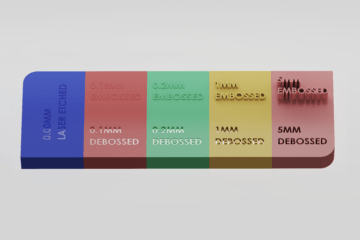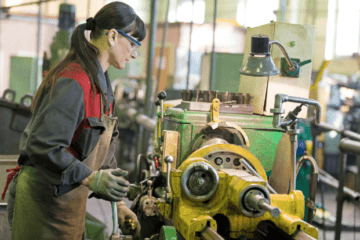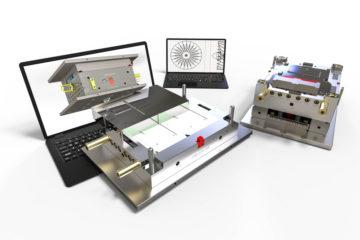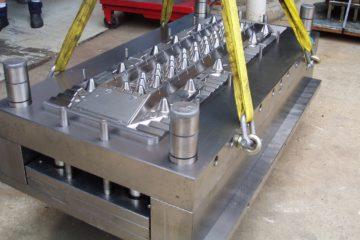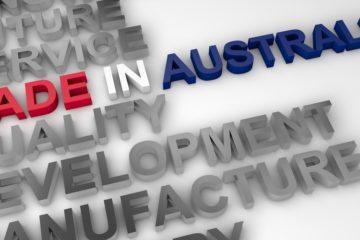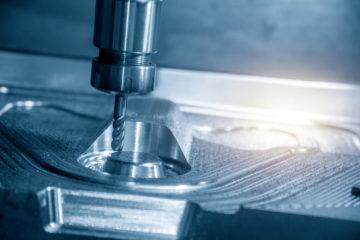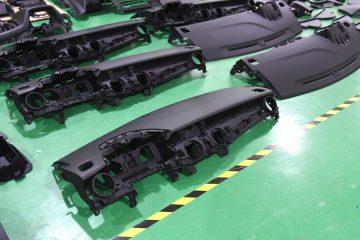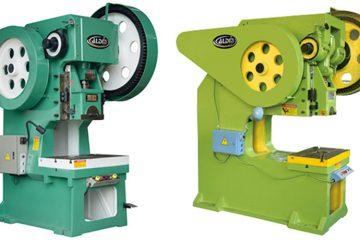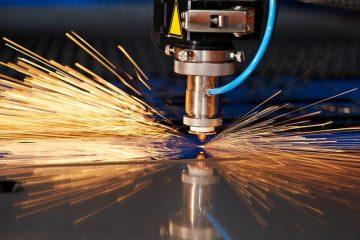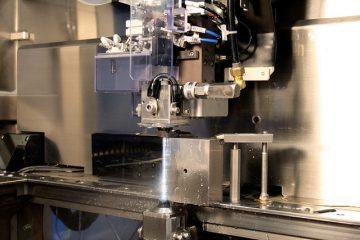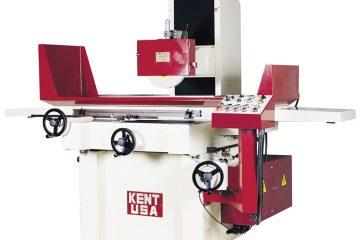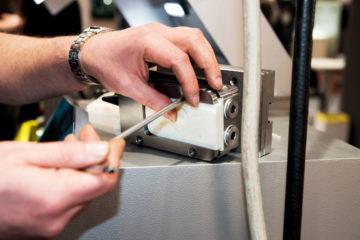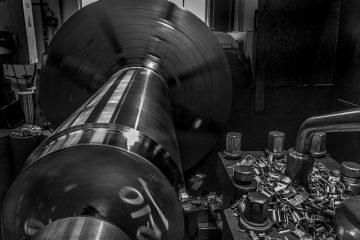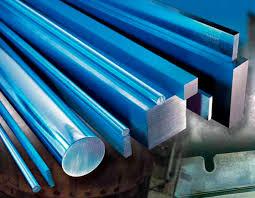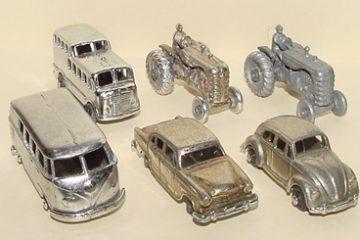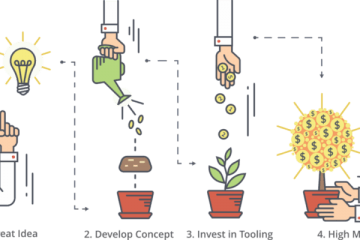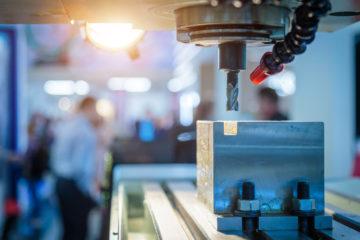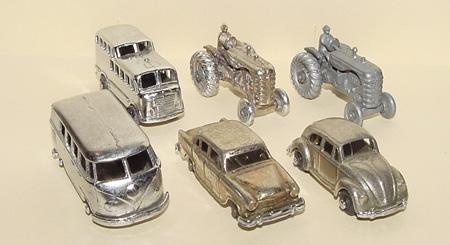
Die Casting is the injection of molten metal into a Die (similar to a Mould) under pressure to create complex parts out of metal. Die Casting is conceptually very similar to injection moulding – just with molten metal instead of plastic.
Die Casting is primarily a mass production method, where the costs of setting up are offset by dramatically lower individual part costs. Die casting allows rapid manufacture of high quality, strong and complex parts at a budget item price. It is also a process with a lot of history. Mass produced items were beginning to be Die Cast starting in the mid 1800’s, and although many cheaper parts are now plastic injection moulded, Die Casting remains popular when the required parts need to be metal to survive their intended use.
Die Casting has a number of advantages over other metal manufacturing process. One of these advantages is the fact that the product is made at temperatures and high pressures (up to 4500 psi). When forced into the die under these conditions, the molten metal of choice is forced into every millimetre of the die. The high pressure naturally creates a high surface finish, but the heat needed to melt metal combines with the pressure to wear at the Die itself – which is why it’s so important to have good tool makers. Die Cast parts are easily to plate and finish, and are often chromed to imitate far more expensive parts like machined stainless steel. However unlike machining, where parts are cut out of stock material, Die Casting produces no waste.
Zinc is the most commonly used die casting metal for several reasons. It is the one of the easiest alloys to cast. It offers high ductility, high impact strength and is easily plated. It also has a low melting point which means that lower heats can be used and therefore it will do less damage to the die, promoting long die life. Long die life means that your die can be used for longer periods of time before it needs to be retooled, reducing costs for business.
Like injection moulding, the heart of the process is the creation of a tool, in this case a Die Casting Tool. It is a custom built machine designed to work in a very demanding environment, and it can often be costly. However, these costs can be minimised by ensuring your design has been made “moulding friendly” by an experienced design team, who will work out the best way to balance the tasks the final parts need to do with keeping the mould as simple and cheap as possible.
Die Casting is the injection of molten metal into a Die (similar to a Mould) under pressure to create complex parts out of metal. Die Casting is conceptually very similar to injection moulding – just with metal instead of plastic.
Die Casting is primarily a mass production method, where the costs of setting up are offset by dramatically lower individual part costs. Die casting allows rapid manufacture of high quality, complex parts at a budget price tag. It is also a process with a lot of history. Mass produced items were beginning to be Die Cast starting in the mid 1800’s.
Die Casting has a number of advantages over other metal manufacturing process. One of these advantages is the fact that the product is made at temperatures and high pressures (up to 4500 psi). When forced into the die under these conditions, molten metal of choice if forced into every millimetre of the die. The high pressure naturally creates a high surface finish, but the heat needed to melt metal combines with the pressure to wear at the Die itself – which is why it’s so important to have good tool makers. Die Cast parts are easily to plate and finish, and are often chromed to imitate far more expensive parts like machined stainless steel. However unlike machining, where parts are cut out of stock material, Die casting produces no waste.
Zinc is the most commonly used die casting metal for several reasons. It is the one of the easiest alloys to cast. It offers high ductility, high impact strength and is easily plated. It also has a low melting point which means that lower heats can be used and therefore it will do less damage to the die, promoting long die life. Long die life means that your die can be used for longer periods of time before it needs to be retooled, reducing costs for business.
Like injection moulding, the heart of the process is the creation of a tool, in this case a Die Casting Tool. It is a custom built machine designed to work in a very demanding environment, and it can often be costly. However, these costs can be minimised by ensuring your design has been made “moulding friendly” by an experienced design team, who will work out the best way to balance the tasks the final parts need to do with keeping the mould as simple and cheap as possible.
Subscribe to Our Newsletter
Get the latest news from Dienamics into your inbox






